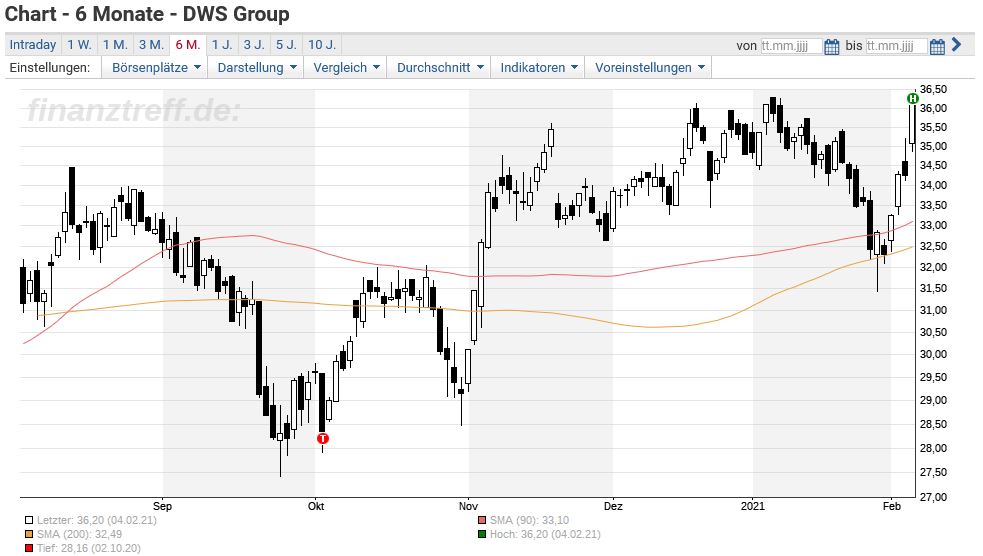

Interestingly, sST2 has been demonstrated to be a strong, independent predictor of severity and mortality in clinical studies of cardiac failure. Upon inflammatory stimulus, ST2L is released in its soluble isoform (sST2) and acts as a decoy receptor for IL-33 to counterbalance the IL-33/ST2L inflammatory signalling pathway. Suppression of tumorigenicity-2 (ST2) is a member of the interleukin-1 receptor group and is expressed as a transmembrane ligand (ST2L) on various immunological cells. However, reliable predictive biomarkers of cardiac impairment as predictor of SD are lacking and remains a challenge in the clinical management of febrile dengue patients. Several markers including sickle cell disease (haemoglobin SC and SS), change in haematological parameters (decreased platelets, leucopenia), elevated levels of hepatic enzymes (transaminases, creatine kinase) have been associated with dengue haemorrhagic fever, dengue shock and mortality.

While several mechanisms including dysregulated host inflammatory mediators and viral proteins have been hypothesized to mediate dengue shock, the precise mechanism remains unclear. The cause of dengue shock is multifactorial and cardiac impairment in clinical dengue, which may manifest as myocarditis, myocardial impairment and arrhythmias has been proposed to contribute to pathology. Vascular leakage may then lead to severe bleeding, organ-failure and potential fatal circulatory compromise causing shock. ĭengue can be categorised into febrile (days 1–3), critical/defervescence, (days 4–6) and recovery phases (day 7 onwards), and one of the more prominent features of SD (often in the critical phase), is vascular leakage. Dengue is mostly asymptomatic and self-limiting, however, in some patients, severe dengue (SD) may manifest. The global incidence of dengue has risen dramatically, and Asia carries the highest disease burden. Together, this work provides novel evidence on the potential utility of sST2 to predict severe dengue and its associations in dengue-associated cardiac impairment.ĭengue is a vector-borne viral infection endemic in the tropics and sub-tropics regions.

We also showed that sST2 levels correlated with lower measurements of cardiac performance, and more importantly, sST2 was observed to be a possible prognostic biomarker of severe dengue. Our work demonstrated sST2 to be significantly raised in dengue participants and levels increase with worse dengue outcomes. In a longitudinal cohort of dengue subjects, we investigated the potential utility of sST2 as a predictive biomarker for severe dengue and explored its associations with dengue-associated cardiac impairment. Suppressor of tumorigenicity (ST2) is a member of the interleukin-1 receptor family, and its soluble form (sST2) has been a valuable biomarker in patients with heart failure. The lack of reliable biomarkers for severe dengue poses a challenge in managing febrile dengue patients. It is mostly self-resolving, but in some patients, severe outcomes such as dengue-associated cardiac impairment may occur. Dengue is a vector-borne viral disease that infects up to 400 million people a year.


 0 kommentar(er)
0 kommentar(er)
